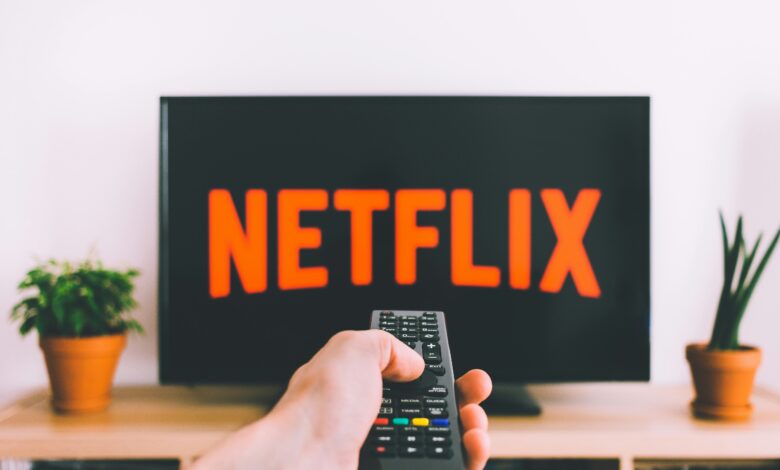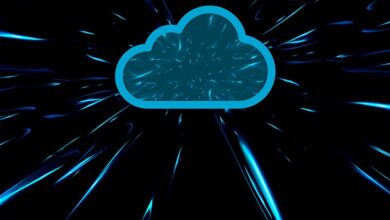The next time you buy a computer with Windows 12 you could find yourself tied into a subscription


There used to be a time when a single payment would get you full access to Windows for the lifetime of that version. However, in recent times hardware and software all seem to require a subscription. While there might be some legitimacy for subscription models, some providers have taken this a step too far. Can Microsoft justify a Windows 12 subscription?
David Devey, 👁 Daniel R Deakin, Published
Views, thoughts, and opinions expressed in the text belong solely to the author.
Subscription models aren’t anything new and in some situations make a lot of sense. Take Cisco for example. While licensing for Cisco switches isn’t cheap, public facing networks are potentially open to attack. You wouldn’t want to run switches, security appliances or firewalls that release with a single firmware and never get updated. Firmware is constantly being exploited and patching takes time and resources. A service that makes sense to pay for to keep your network secure.
However in the ongoing quest for continued revenue streams, many companies now opt for a subscription model over a “pay once and keep for life” model. While this makes sense for some providers, if the features of an older version of software meet a user’s needs, we are now forced to subscribe to the latest and greatest even if we have no real requirement for those features. Adobe is a fairly obvious example with CS6 being the last version to offer an (admittedly costly) perpetual licence, but TeamViewer and many other developers have jumped on board.
Microsoft has long touted Windows as a service, which after a backlash over Windows 10 prompted a complete U turn with Windows 11. Now with Windows 12 on the horizon, the next time you pick up an Asus G14 (on sale from BestBuy*), there’s a good chance you’ll be locked into a Microsoft subscription as well. But is this justified?
Windows is as open to attack as anything else connected to the internet and remains one of the most lucrative targets for hackers due to its dominant user base. Microsoft has to perpetually update and patch Windows to prevent the OS from being compromised and keep its users secure. Like Cisco, this costs time and resources so it doesn’t seem unreasonable to be expected to pay a subscription for that security. But once that can of worms gets opened, where does it end? Will we be expected to pay a subscription to keep our phones, tablets, fridges and TV’s up to date and secure from hackers?
With the auto industry, the food industry and even the furniture industry introducing subscription models things don’t look set to change any time soon. Despite people’s disdain for subscription services, for those unwilling to explore alternatives such as Linux, Windows may well become just one more thing to subscribe to.
Welcome to the future, please subscribe.
Related Articles
David Devey – Magazine Writer – 14 articles published on Notebookcheck since 2023
Ever since being introduced to Manic Miner on the ZX spectrum I have been an avid gamer and technology fan. Sucked in by UMPC’s and the promise of big power in small packages, I have wasted too much time and energy jailbreaking, flashing and overclocking anything that has an electrical pulse. A staunch advocate for the right to repair, I resent any company that dictates how I can use something I paid for.
David Devey, 2024-01-20 (Update: 2024-01-20)




